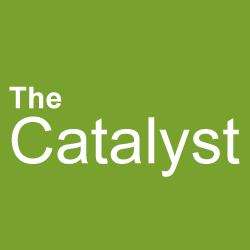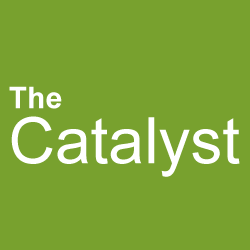Value assessment in health care continues to generate considerable interest, as reflected in the wide range of comments sent to the American Society of Clinical Oncology (ASCO) on their Value Framework, as well as recent media coverage highlighting the new "evidence blocks" being developed by the National Comprehensive Cancer Network (NCCN) and the value framework developed by the Institute for Clinical and Economic Review (ICER).
Recent attention to these tools -- a form of health technology assessment -- is emblematic of the growing focus on ensuring the United States health care system is efficiently delivering good outcomes for patients. It also indicates the degree to which health care is moving to adopt incentives for and demand evidence on the value of novel tests, treatments and health care services. 
Despite this growing focus, use of value assessment tools by payers and other decision-makers is not new. For example, the Affordable Care Act created the Patient-Centered Outcomes Research Institute to conduct original research and systematic reviews of existing research.
As these tools gain increased attention, several points need to be kept in mind.
- Value frameworks hold significant implications for patients and health care providers. This range of established and emerging value assessment tools use a range of methods and procedures, are intended to inform a range of health care decisions, and reach differing conclusions. Despite their differences, they all hold significant implications for patients and health care providers, who may use value assessment information to guide their treatment decisions or be subject to coverage decisions based on the tools, as well as for innovators seeking to develop to tests and treatments for unmet patient needs.
- HTA should be evidence-based, timely and developed through a rigorous and transparent process. A value assessment generated by one of these programs or tools represents just one data point for payers and other decision-makers. Health technology assessment (HTA) can play an important role in sound decision-making, but it's important to ensure HTA: supports doctors and patients in making optimal individual health care decisions; undergoes rigorous review and validation; draws on the full range of valid scientific evidence on relevant outcomes; and keeps pace with changes in science and clinical research. In addition, HTA programs should encourage public input on draft reports to ensure they are accurate and clinically appropriate before being finalized.
- Value assessment tools should be flexible and account for individual patient preferences. We need to make sure the patient is at the center of value, which means ensuring that value assessments are flexible and responsive to the varying needs, preferences, and goals of individual patients. Experience in several European countries illustrates the dangers of misapplying value assessment through centralized, one-size-fits-all coverage or payment restrictions. Physicians and patients need a range of choices, good information and flexibility to tailor care to the individual's needs in order to successfully, efficiently manage complex medical conditions. The importance of this principle was illustrated in a recent article in The New York Times on patients’ choices on whether to receive follow-up treatment after ductal carcinoma in situ (DCIS). The article explains why two equally well-informed patients can, after careful deliberation with their doctor, come to opposite treatment decisions (surgery vs. watchful waiting) and why, in the words of the author, “both of their decisions are right for them.” Which one of those decisions would a value assessment tool say is wrong?
Read more on how PhRMA supports the development and use of sound tools that enable informed decision-making by patients and providers here.




